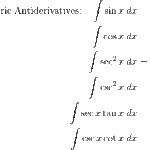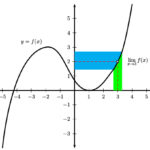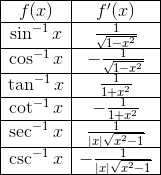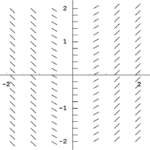A good AP Calculus exam score will help you to earn college credits or advanced placement. But how good does your score need to be? In this short article, we’ll discuss how your AP Calculus AB or BC score could translate directly into college credits. We’ll also talk about how the exam is scored.
Aiming for a Good AP Calculus Exam Score
The AP Calculus AB and BC exams, like all AP exams, are scored on a range from 1 to 5. These scores in turn tell colleges and universities how well you know the material. The better the score, the more likely that you can earn college credits or advanced placement.
Basically, you should aim for a score of 4 or 5. However, some schools also give credits or course equivalency for scores of 3.
However every school’s AP policy differs, so it pays to do your research beforehand.

Credits and Equivalencies
A good score on the AP Calculus AB test may qualify you for one semester of college calculus credit. Some schools offer only an equivalency though. That is, even if you don’t receive credits for the class, you may be able to skip this course and take higher level courses for which Calculus I is a prerequisite.
A high enough AP Calculus BC score can translate to two semesters of calculus (Calculus I and II). Again, some schools only offer equivalency.
The AB Subscore
In addition, the AP Calculus BC exam scores also include a separate AB subscore, which measures how well you did on just those questions dealing with AB material.
For example, if you only scored a 2 or 3 on the BC test, but got an AB subscore of 4, then you may still be eligible for credits or advanced placement for Calculus I.
AP Calculus Exam Scoring
The scoring proceeds in two stages.
- Multiple Choice. The 45 multiple choice problems are scored by computer. You get one point for each right answer and 0 points for every incorrect or blank answer. Then multiply your total by 1.2 to get a score from 0 to 54.
- Free Response. A team of experts (usually former or present AP Calculus teachers and college professors) evaluates your work on the 6 free response questions. Each free response question has multiple parts, which together constitute 9 points. So your score in this section can range from 0 to 54.
The composite score is the sum of the two section scores, and can range from 0 to 108.
Translating your Score
Scoring the AP exams is not quite as complicated as bowling scores (I still have no idea what to do if a strike follows a spare…). But there are some considerations that make it hard to estimate whether you got a 5 or not.
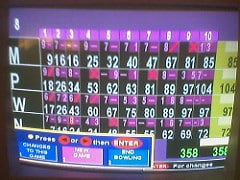
Every year, the officials in charge of AP testing get together to decide how to scale the raw scores. Therefore, there is no standard chart for scores.
However, the following chart may be used to approximate your score. In fact, I’ve chosen relatively high cutoffs so that you can work towards higher and higher scores.
| Raw Score | Scaled Score |
|---|---|
| 70-108 | 5 |
| 60-69 | 4 |
| 45-59 | 3 |
| 35-44 | 2 |
| 0-34 | 1 |
More Info
For more information about how AP scores could translate to college credits, check out How Many College Credits will AP Calculus Give You?
Further information can be found on the official CollegeBoard AP website.


